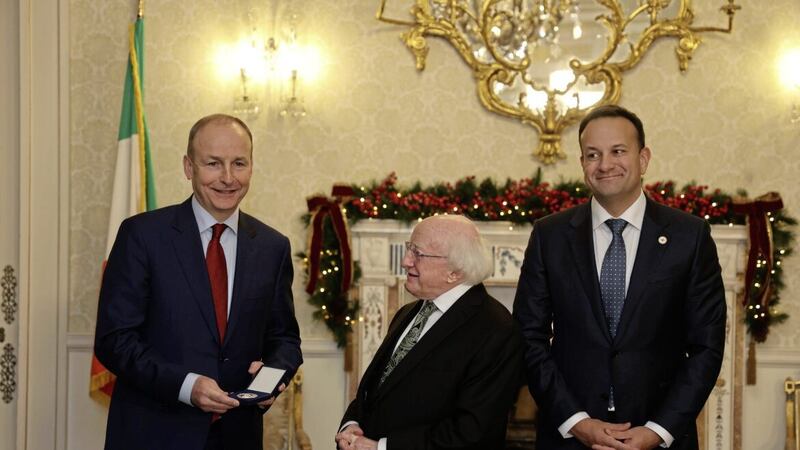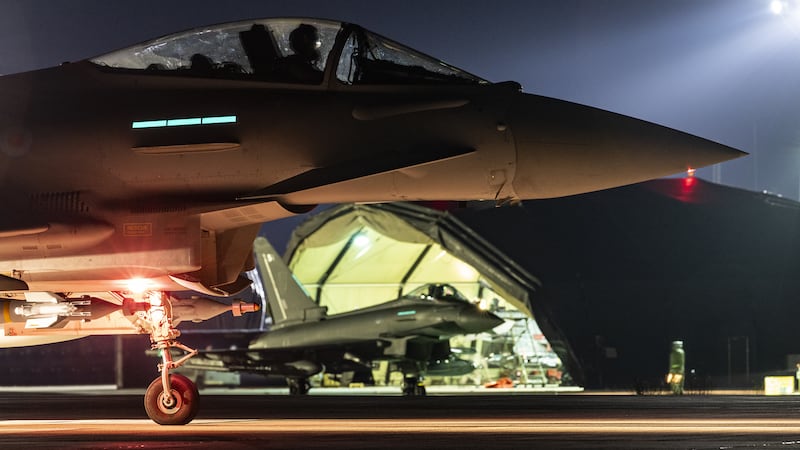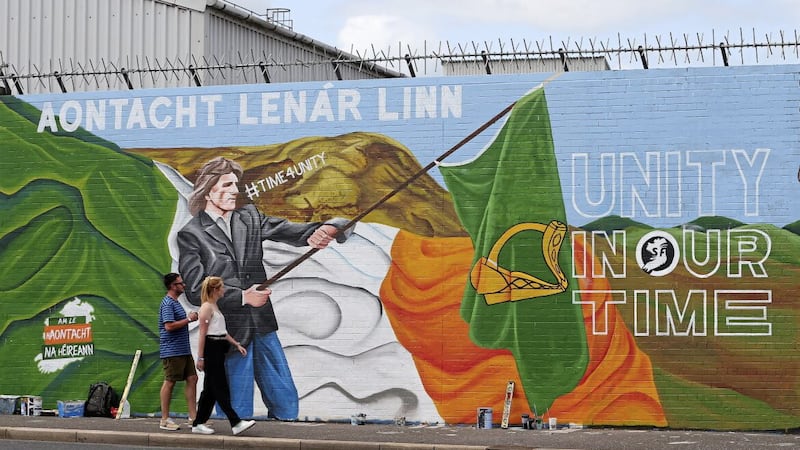JUST 100 years ago last Monday, at 8.30am on December 19, 1922, seven men including three in their late teens were shot by firing squad, one after the other, at the Military Detention Barracks in the Curragh Camp, County Kildare.
The Civil War over the Anglo-Irish Treaty was under way and the seven were members of an anti-treaty group who tried to disrupt the railway system of the newly-founded Irish Free State by sending a runaway engine down the line and setting up an obstruction at a crucial junction in the countrywide rail network. They were also said to have ambushed Free State troops on November 25.
Whether through surveillance or an informer’s tip-off, the anti-treaty unit was discovered sheltering in a dugout or tunnel at a farmhouse about one-and-a-half miles or 2.4 kilometres from the Curragh military camp. Either during or after his arrest, their intelligence officer, Thomas Behan (31), was killed, with the republican version saying he suffered a fatal blow to the head from a rifle-butt whereas the Free State narrative tells us he was shot while trying to escape.
Following a trial in a military court, those seven members of what was known as the Rathbride Column were lined up for execution. It is said that they shook hands with their executioners and sang ‘The Soldier’s Song’, which had been performed at the General Post Office in the Easter Rising and later became the national anthem in the Irish-language version ‘Amhrán na bhFiann’.
They became known as the Grey Abbey Martyrs, after the cemetery where they were buried. Their story is told in a book called ‘The Civil War in Kildare’ by James Durney (Mercier Press, 2011). They were the largest group among the 81 official executions in the Irish Civil War. One of the seven, James O’Connor, wrote to his mother on the night before he was shot: “I am going to Eternal Glory tomorrow morning with six other true-hearted Irishmen”.
O’Connor was a railway worker and native of Bansha, Co Tipperary, who had previously taken part in the War of Independence. He was a grand-uncle of current Sinn Féin leader and TD for Dublin Central, Mary Lou McDonald, who has said that his sister, Molly, who was also her grandmother, was “a very old-style republican” and “a big influence on me”.
In my schooldays, our history curriculum stopped with the Anglo-Irish Treaty. It was probably a sensible decision in that it helped to allay the bitterness that grew out of that dreadful conflict with an estimated death-toll close to 2,000 including non-combatants. Leaders on each side such as Michael Collins and Cathal Brugha, who could have continued to make an important contribution to the new Ireland, perished in the fighting.
In those gender-biased times, the conflict was characterised as “brother against brother” but sisters were also involved. In many family trees, including my own, people took different sides. I think of one young relative who was imprisoned in Sligo for his anti-treaty activities and how his sister, in an act of extraordinary generosity, would cycle all the way from the family home in east Galway to visit him. After his release, he emigrated to the USA like many others. Indeed I met a man once in New York who was in Mountjoy Gaol in Dublin when four high-profile republicans including Joe McKelvey from Belfast were executed and he told me he had witnessed the shootings from the window of his prison cell. I still get a chill when driving up Booterstown Avenue in Dublin, past the spot where Kevin O’Higgins was shot dead in 1927 at the age of 35, in an act of revenge for his role as Free State justice minister in the Civil War.
Having started on June 28, 1922, the Civil War officially ended on May 24, 1923, but the bitterness and hostility lived on and was expressed in political terms by the fierce rivalry over many decades between the Fine Gael and Fianna Fáil parties. If you had predicted in those days that these two parties would end up in coalition together you might have been sent for counselling.
Some of us still have to pinch ourselves at the sight of Fianna Fáil and Fine Gael ministers sitting together in the Dáil. Indeed, last Saturday we saw the office of taoiseach being smoothly transferred from one party to the other, with Leo Varadkar taking over for Fine Gael from Fianna Fáil’s Micheál Martin. The wits in Leinster House called it “Rotation Day”.
In the same pinch-me-is-it-real vein, you had Mary Lou McDonald and the other Sinn Féin TDs taking part in a standing ovation for the Fianna Fáil leader as he handed over the reins.
I’ve said before that the tectonic plates in Irish politics are shifting but now they appear to be shaking like a leaf.
Email: Ddebre1@aol.com; Twitter: @DdeBreadun








